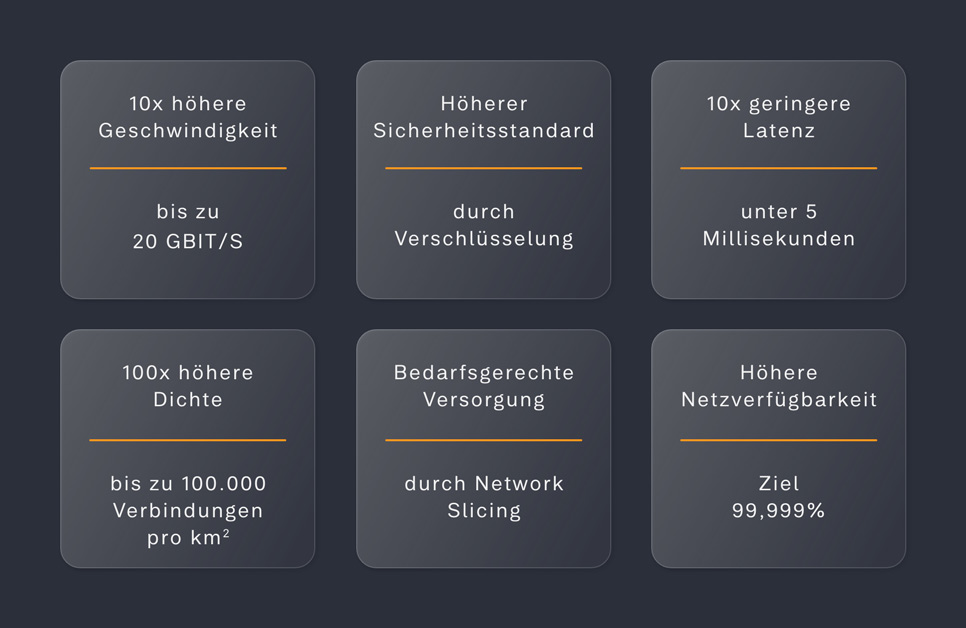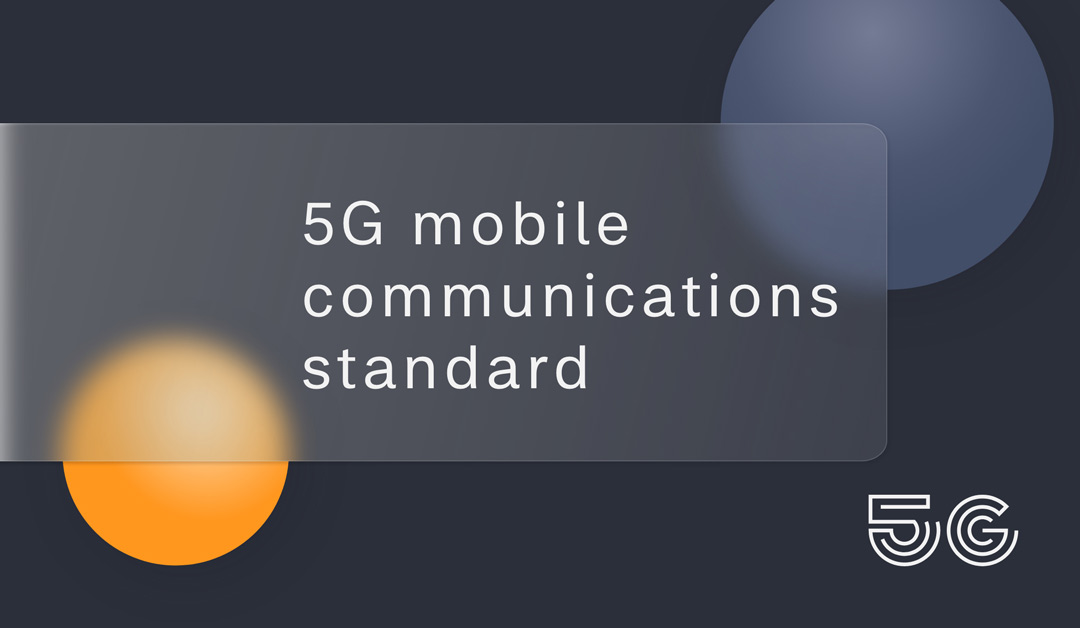5G is a buzzword that has been circulating through the media for quite a while now, but not everyone can relate to the “5G standard”. 5G is the fifth generation of mobile networks, which represents a further development of the proven 4G LTE technology, primarily for industrial applications.
But where exactly is the difference now?
The developments of the mobile communications previous developments (2G, 3G and 4G) focused almost exclusively on the further development of communications services for consumers. For example, the focus was on improving Internet usage, creating higher data transfer speeds, adding video streaming, and adding improved wireless connectivity.
With 5G, the target group now goes far beyond consumers; the 5G standard offers great opportunities especially for the needs of companies, cities, utilities and many more. This is because the technology ties in with the steps towards Industry 4.0, which started with the introduction of 4G, and thus raises the Internet of Things (IoT) and the previous M2M (machine-to-machine) communication to a new level.
Current and future benefits of the 5G standard

The new 5G standard enables faster download and upload speeds, lower latency and higher data load capacity, bringing many advantages, especially for Industry 4.0. More and more, network evolution is moving toward seamless, real-time connectivity, with data downloads improving from the previously possible 4G peak data rate of 2 Gbps to the 5G peak data rate of up to 10 Gbps. All of this translates into better connectivity, higher mobility, and faster speeds for businesses and their industrial needs – leading to endless new opportunities and applications. Because the 5G standard and enterprise campus networks are the perfect solution for mobile communications wherever the requirements for availability, performance, network coverage, mobility and security exceed the capabilities of existing (WLAN) networks.



